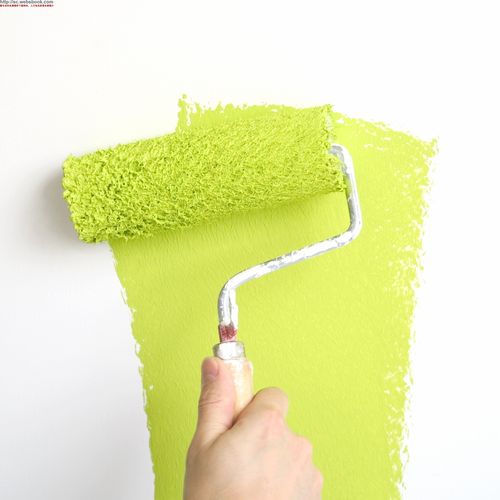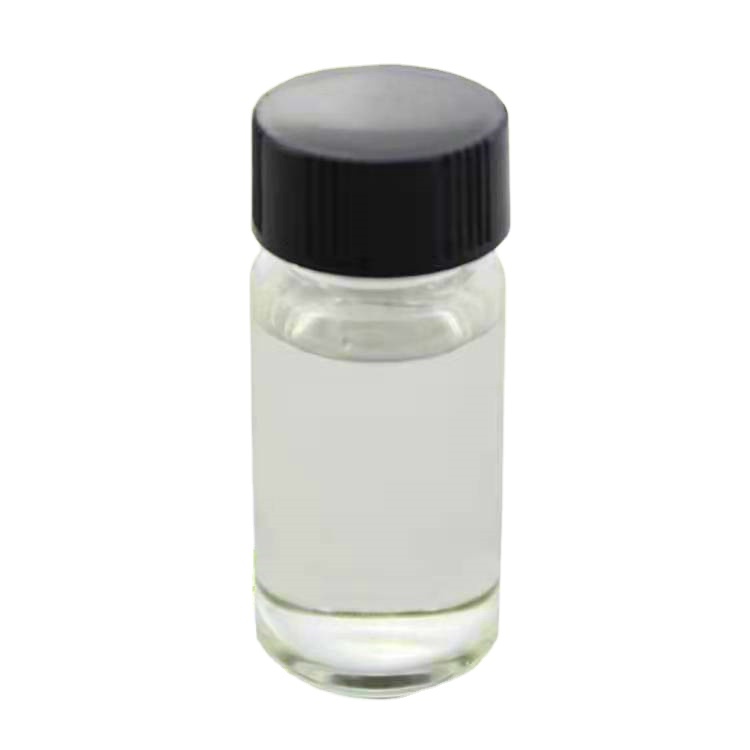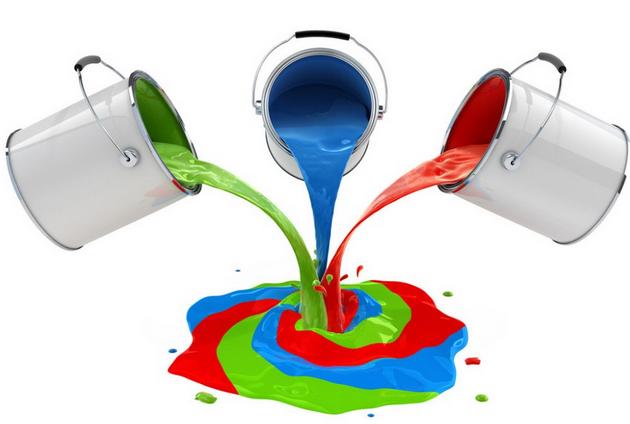-
The performance of titanium dioxide in coating applications
Titanium dioxide is an inorganic white pigment, the main component is TiO2, which can be divided into brookite, anatase and rutile according to the crystal form. Due to the advantages of high refractive index, strong decolorizing p...Read more -
Classification of titanium dioxide
Titanium dioxide is a very important white pigment in industrial production. There are many types of it. According to the production process, it can be divided into sulfuric acid titanium dioxide and chloride titanium dioxide. According to the crystal form, it can be divided into anatase titanium...Read more -
Basic information of titanium dioxide
Titanium dioxide is the most important white pigment. It has high refractive index, good chemical stability, weather resistance, whiteness, high color-removing power and hiding power, and is non-toxic and harmless. It has no stimulating effect on the human body and is wi...Read more -

Quick Questions and Answers About Acrylic as a Paint (What is Acrylic Paint, Uses, Characteristics)
1. With the continuous development of the construction industry, more and more paints have begun to be applied to decoration. Acrylic paint, a new type of emulsion wall paint, is usually used as a high-grade exterior wall paint, which can be used in a variety of colors 2. So is acrylic paint envi...Read more -

Some knowledge of acrylic acid.
Physical and chemical properties: Density: 1.051g/cm3 Melting point: 13°C Boiling point: 140.9°C Flash point: 54°C (CC) Critical pressure: 5.66MPa Ignition temperature: 360°C Upper limit of explosion (V/V): 8.0% Lower limit of explosion (V/V) : 2.4% Saturation vapo...Read more -
Analysis of the development status and market size of the global acrylic acid industry in 2023, and the production capacity of acrylic acid will be further adjusted.
Development history of global acrylic acid industry The development of the global acrylic acid industry has gone through the period of production process development (mid-19th century-mid-20th century), production process maturity (1950s-70s) and commercial application period (1980s-2020), until ...Read more -
Acrylic acid properties and safety measures and emergency treatment
Special Warning: Flammable liquid, strong irritant. Physical and chemical properties: colorless liquid with pungent odor. Miscible with water, miscible in ethanol, ether. Molecular weight 72.06, melting point 13°C, boiling point 141°C, relative density (water=1) 1.05, relative vapor density (air=...Read more -
What is acrylic acid material? Properties and uses, is acrylic acid a hazardous chemical?
Acrylic acid is an organic material, an inorganic tetrabasic acid, the chemical formula is C3H4O2, the CAS number of acrylic acid: 79-10-7, the un number of acrylic acid is 2218 (un number), density: 1.051g/cm3, melting point: 13°C, Boiling point: 140.9°C, flash point: 54°C. The appearance of acr...Read more -

Acrylic paint selection skills
The key to choosing acrylic paint is to be environmentally friendly. Nowadays, home decoration is very polluting, and harmful substances such as VOC, CAC, benzene, toluene, formaldehyde, and heavy metals will cause serious harm to health. Cause reproductive system, cardiovascular and cerebrovascu...Read more -
Acrylic as paint
What is Acrylic Paint? 1. Acrylic paint is a single-component self-drying weather-resistant and anti-corrosion coating prepared by advanced technology based on traditional acrylic resin roots, adding long-life chlorosulfonated polyethylene rubber, weather-resistant pigments and fillers, and weath...Read more -
Frequently Asked Questions About Hydroxypropyl Methyl Cellulose(4)
19. What is the difference between HPMC and MC? ——Answer: MC is methyl cellulose, which is made of cellulose ether by treating refined cotton with alkali, using methane chloride as etherification agent, and going through a series of reactions. Generally, the degree of substitution is 1.6~2.0, and...Read more -
Frequently Asked Questions About Hydroxypropyl Methyl Cellulose(3)
11. What is the gel temperature of hydroxypropyl methylcellulose related to? ——Answer: The gel temperature of HPMC is related to its methoxy content. The lower the methoxy content↓, the higher the gel temperature↑. 12. Is there any relationship between the drop of putty powder and HPMC? ——Answer:...Read more

